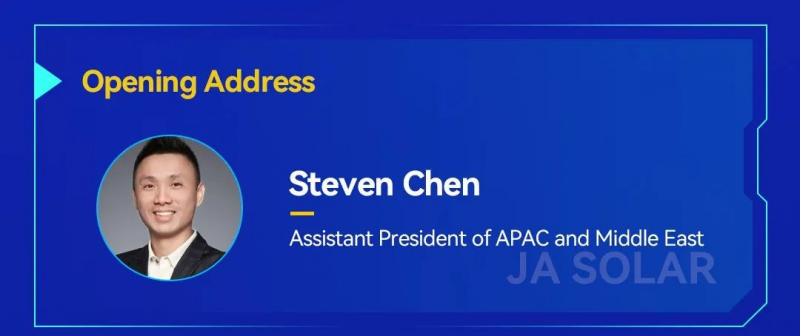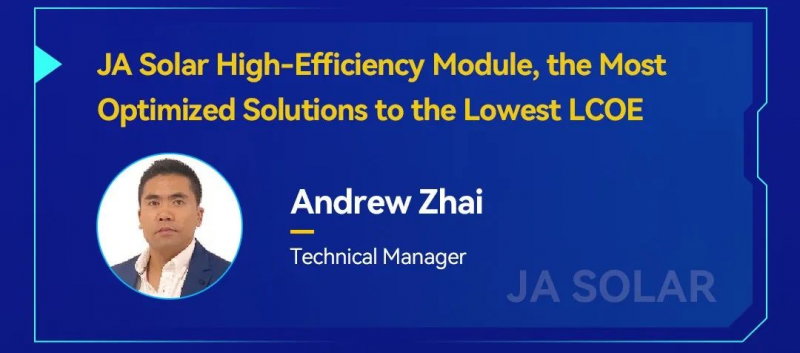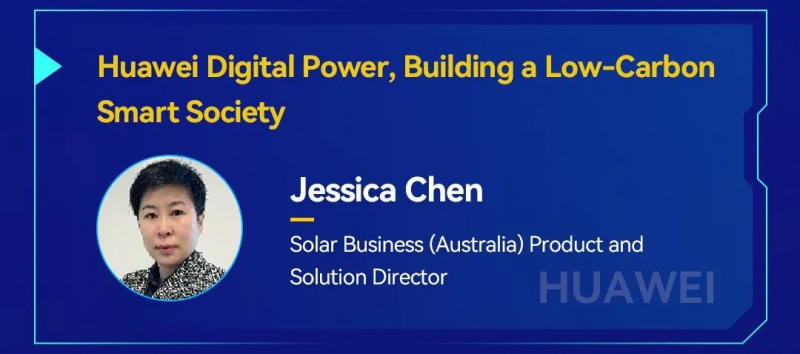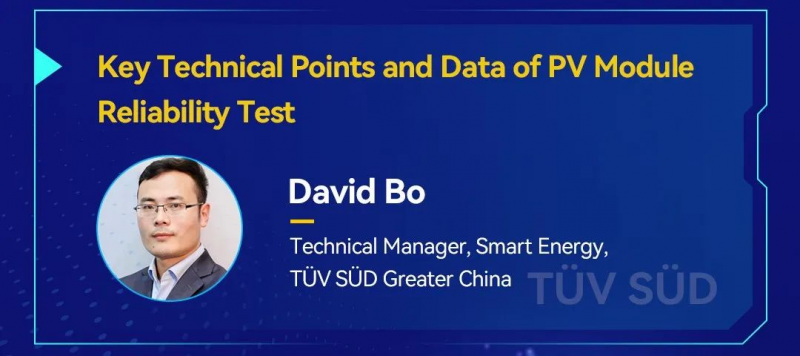PVTIME – On August 25, JA Solar Webinar for the Australian Market “DeepBlue, Tailored to Increase Customer Value” was successfully held. The webinar was participated by Jessica Chen, Solar Business (Australia) Product and Solution Director of Huawei, David Bo, Technical Manager of Smart Energy of TÜV SÜD Greater China, David Dixon, Senior Analyst of Rystad Energy, Steven Chen, Assistance President of APAC and Middle East of JA Solar, Cameron Munro, Senior Project Manager of JA Solar, and Andrew Zhai, Technical Manager of JA Solar, etc.

Steven Chen, Assistance President of APAC and Middle East of JA Solar, delivered an opening address. He said that the Australian photovoltaic market boasts abundant sunlight resources and has great development potential. Since the establishment of the Australian branch in 2012, JA Solar has set up a complete sales and technical system in Australia to provide timely and efficient services for the local people, and has also offered them with value-added services of warehousing and logistics, aiming to comprehensively improving service and product quality and promoting the development of the local market.

Cameron Munro, Senior Project Manager of JA Solar, introduced the current capacity status, sales network and technical milestones of JA Solar. As a vertically integrated photovoltaic product manufacturer, JA Solar has always taken technological innovation as its development foundation. The Percium technology was launched by JA Solar in 2013, and achieved mass production in 2015. At present, the mainstream conversion efficiency of p-type Percium cell mass production has reached 23.7%, the power of 78-cell modules has reached 605W, and DeepBlue 3.0, a Percium module based on 182mm silicon wafer size, has won unanimous recognition in the industry. In addition, JA Solar has officially launched a more efficient n-type module DeepBlue 4.0 X in May this year, with the reserve capacity reaching about 27GW in 2023. Taken together, JA Solar has always committed to providing the market with high-quality, high-efficiency and low-cost photovoltaic products.

Andrew Zhai, Technical Manager of JA Solar, mainly shared two core products of JA Solar: DeepBlue 3.0 Pro and DeepBlue 4.0 X. As an upgraded product of DeepBlue 3.0, DeepBlue 3.0 Pro uses p-type Percium high-efficiency cell, has the same module size with DeepBlue 3.0, and exhibits outstanding advantages like higher conversion efficiency, excellent power generation and high reliability. In addition, regarding n-type products,DeepBlue 4.0 X adopts high-efficiency Bycium+ cell, with a cell conversion efficiency of 25%, and the power of 78-cell module can reach 625W and shows such advantages as low attenuation, strong double-sided power generation capacity and excellent high-temperature and low-light power generation capacity. Both DeepBlue 3.0 Pro and DeepBlue 4.0 X adopt Gapless Flexible Interconnection (GFI) technology with independent intellectual property right of JA Solar, eliminating the cracking risk at the connection of cells, which shows excellent reliability.

Jessica Chen, Solar Business (Australia) Product and Solution Director of Huawei, described Huawei’s intelligent energy solutions and the technical route of inverters, mainly focusing on the design and assurance of high-efficiency technologies and reliability such as multi-channel MPPT design and fast fault recovery of inverters. Huawei organically combines the inverter and the tracking bracket, which are important components of the photovoltaic system, and uses historical data and AI self-learning to adjust the tracking angle in real time, enabling the curve around noon to be more accurate and further improving the conversion efficiency. Huawei’s series inverter can be perfectly compatible with n-type high-efficiency modules, which can be evidenced by that the LCOE of JA Solar’s DeepBlue 4.0 X can be reduced by about 3.5%-5% compared with that of the p-type module.

David Bo, Technical Manager of Smart Energy of TÜV SÜD Greater China, shared the key technical points and data of PV module reliability test. He said that security, reliability and eco-design serve as the three key elements in PV module design. Among them, safety and reliability can be verified through a series of standard tests and tightened tests, including humid heat test, thermal cycling, PID text, LETID test, etc. In particular, comprehensive reliability test has been carried out for the current more efficient n-type modules in the industry, such as DeepBlue 4.0 X of JA Solar, with the result displaying excellent performance. In addition, starting from the whole life cycle and industrial chain of products, eco-design considers various impacts of products on the environment and pays attention to energy efficiency index in the process of designing products. This enables consumers to know more about the energy efficiency level of photovoltaic modules, and then choose products with higher energy efficiency level and eliminate products with lower energy efficiency level.











